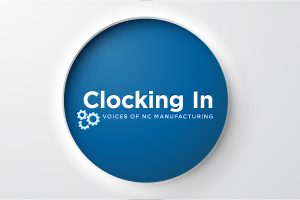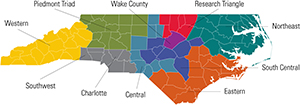Having worked with many communities over the years, one thing has become obvious to me: too many strategic plans are written that end up unused, on the shelf.
Most communities hire consulting groups to develop their strategic plans. Often, the consultants reuse templates, plugging in data gathered from state and county databases along with area-specific details and cookie cutter graphs lacking any real distinguishing characteristics. When a plan is submitted, it is often accompanied by a dizzying, drawn out PowerPoint presentation at a town meeting. While there is usually an initial push to undertake some of the main initiatives described in the plan, all too often the effort loses steam; in order to try to demonstrate value, the consulting group has generated a strategic plan that is so massive and so impractical that it essentially collapses under its own weight.
It doesn’t take long before the plan ends up on the shelf—often alongside previous plans and studies. It’s possible to take these plans down from the shelf, though, and move them forward. How? Action.
If that seems self-evident, let me offer further explanation.
The execution phase of a strategic plan is where most of them fail. Big-picture goals recede into the mist, obscured by irrelevant details. The path forward seems unclear. But, by identifying and clarifying a community’s strongest assets in relation to its potential for economic development—growing existing industry, recruiting new industry, and cultivating entrepreneurship and economic diversification—communities can cut through all of the background noise and develop strategic action plans with clear, achievable, relevant and measurable objectives. At IES, we call this process Assets to Action.™
Of course, each of our clients has a Regional Manager—the strategic planning equivalent of a personal trainer—who lives and works nearby. RMs collaborate with the project team to ensure that action plans stay on track, and assist clients by leveraging industry and community resources as needed. Sometimes having that coach and cheerleader can be the difference between lingering on the sidelines and really getting into the game.
 Paul Zimmerman is Director of Strategy & Innovation for the NC State Industry Expansion Solutions (IES) and the Office of Outreach & Engagement (O&E). Paul is an experienced business and marketing leader whose key responsibility is to help lead the delivery of strategic products, develop new markets, and business models that can enhance service to industry-based, community-based, and government organizations. He helps facilitate strategic alliances and initiatives that result in economic impact, as well as improvements and innovations within the IES organization that would help to generate positive cash flow and new revenue generation.
Paul Zimmerman is Director of Strategy & Innovation for the NC State Industry Expansion Solutions (IES) and the Office of Outreach & Engagement (O&E). Paul is an experienced business and marketing leader whose key responsibility is to help lead the delivery of strategic products, develop new markets, and business models that can enhance service to industry-based, community-based, and government organizations. He helps facilitate strategic alliances and initiatives that result in economic impact, as well as improvements and innovations within the IES organization that would help to generate positive cash flow and new revenue generation.


